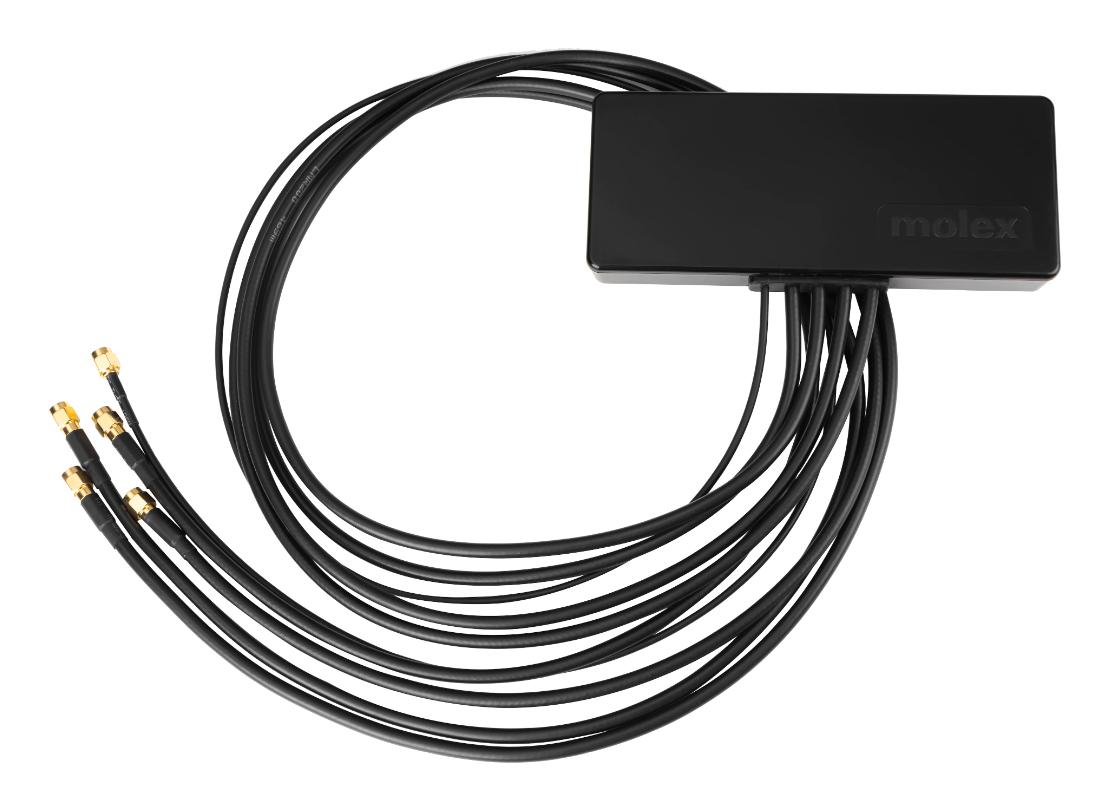I have been in conversation with the roadtest sponsor about roadtesting a multi-hub antenna.
We both would like to to more activities around antennas, but we don't know much interest there would be in this particular product. Thus, I'm running this poll to gauge your interest in roadtesting it.
Here's some information about the product:
 Multi-hub 5 in 1 external antenna
Multi-hub 5 in 1 external antenna
A multi-hub 5 in 1 external antenna including 2x 5G/LTE, 2 x WiFi and 1x GNSS. It provides 5G MIMO and Wi-Fi MIMO antenna system within compact antenna box and use in automotive telematics, transportation and remote monitoring applications.
Features
- Working frequency 698-960MHz/1500-1700MHz /1710-2690MHz/3300-5000MHz for 5G/LTE
MIMO, Frequency 2400-2500MHz/5000-6000MHz for WIFI MIMO, 1561-1602MHz for GNSS - Antenna Size:155x65x20mm with 1000mm Cable Length
- Connector Type: SMA (M) ST
- IP67
Here are some docs:
Multi-hub antenna 7-in-1
A Multi-hub 7-in-1 Antenna including 2 x LTE/5G full band, 2 x LTE/5G high band, 2 x WI-FI, and 1x GNSS. It provides LTE/5G 4 x 4 MIMO, WI-FI 2 x 2 MIMO and GNSS antenna system within compact antenna box and use in automotive telematics, transportation and remote monitoring applications.
Features
- Working frequency 600-960MHz/1400-1550MHz/1710-2690MHz/3300-5000MHz for 5G MIMO, Frequency 2400-2500MHz/5150-5850MHz/5925-7125MHz for WIFI MIMO, 1561-1602MHz for GNSS
- Antenna Size:160x115x22.5mm with 1000mm Cable Length
- Connector Type: SMA (M)
- IPX7
Here are some docs:
